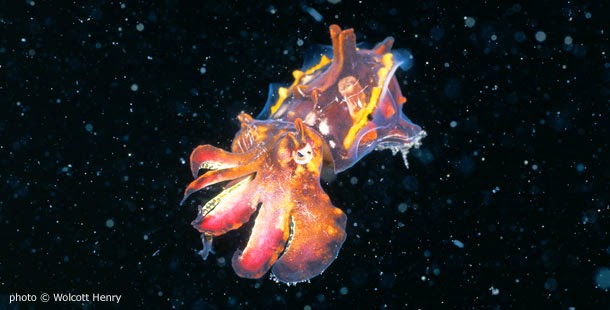Introduction
Question: When placed in an environment with two different chambers, do isopods respond more to a chamber with pebbles, or a chamber with no pebbles?
Background:
Behavior means how something or someone acts in a specific situation. In this lab, I work with isopods, also known as roly-polies. These organisms respire through gills. I experiment with the isopods and see how they react and how their behaviors change in different types of environments. Here are some basic terms that are critical when learning the behavior of animals:
Proximate cause (the "how") is closest to being the cause for a result. It is the immediate trigger for a type of behavior. It focuses on the environment that stimulates the cause. An example of a proximate question about birdsong: How does it know when it is the right time to sing?
Ultimate cause (the "why") is what is believed to be the real cause. Ultimate cause has something to do with the big picture, like evolution. An example of an ultimate question: Why does the bird sing?
Fixed action patterns is an animal's instinct. It is a sequence of behaviors that an animal carries out every time; no matter what. An example: A mother goose lays eggs in a nest. If an egg rolls out of the nest, the goose will move her beak in a specific way to push the egg back into the nest. If the egg is completely removed from the nest, the goose will still move her beak trying to push nothing into the nest.
Imprinting is a process where a young animal follows the actions/characteristics of its parent. A proximate cause for imprinting in young geese: The young geese see their mother leaving and calling them. An ultimate cause: The mother takes care of the geese and teaches it basic skills, so geese that do imprint have a better chance of survival.
Taxis is a specific, and directed motion in response to a stimulus. For an example, if you leave a plant near a window during the summer, it will grow towards the window/towards the light. It directly goes to the light.
Kinesis a random, undirected motion in response to a stimulus. For an example, when lights go on in a room, cockroaches scatter every which way, in no direct area. They are responding to the stimulus (the light) in a random way.
Classical conditioning is an involuntary response to a stimulus. For an example, when kids hear the ice-cream truck, they get excited because they love to eat ice-cream. So the stimulus is the music from the ice-cream truck and the response is the happiness.
Operant conditioning is a voluntary behavior based on the consequences. For an example, you kick a ball. The ball bounces off a wall and hits you in the face. Now, you pay more attention when you are kicking balls. Isopods are crustaceans, so they are related to crabs, crayfish, and shrimp. All these creatures, including isopods have gills and need water to breathe. Because isopods live on the land, they need moisture to live. When I put 6 isopods in a dry chamber, and 6 isopods in a moist chamber, most of the isopods would travel to the moist chamber. So there is only one independent variable, in my experiment I make both of the chambers moist. It will show how the isopods only respond to the pebbles.
Hypothesis: If isopods are placed in a rock/no rock choice chamber and are allowed to move freely for four minutes, then they will move towards the rocky chamber because they live in environments where there is dirt and rocks.
The independent variable are the rocks, and the dependent are the amount of isopods in the chamber with the rocks.
Materials:
Isopods
Two chamber box
Pebbles
Water
Circle place cards for chambers
Timer
Procedure:
1) Place two moist circle cards into each chamber, and pebbles on one side of the chamber.
2) Place 6 isopods into one chamber, and 6 isopods into the other.
3) Count how many isopods are on each side of the choice chamber every 30 seconds for 4 minutes.
4) Record the data on a table.
Results:
Conclusion: Based on my findings and the graph, as time went on, most of the isopods made their way to the chamber with the pebbles. You can see that the amount of isopods in Chamber 2 went all the way down to only one, and the line of Chamber 1 went up. My hypothesis was correct, that if isopods are placed in a rock/no rock choice chamber and are allowed to move freely for four minutes, then they will move towards the rocky chamber because they live in environments where there is dirt and rocks. Isopods are usually found under rocks, logs and leaves. They hide from the sunlight. I noted one specific isopod who actually went under the pebbles in the chamber. The isopods instinctively go to the pebbles because that is what they are used to. They need dirt and rocks in order to survive and feel safe.





















.jpeg)